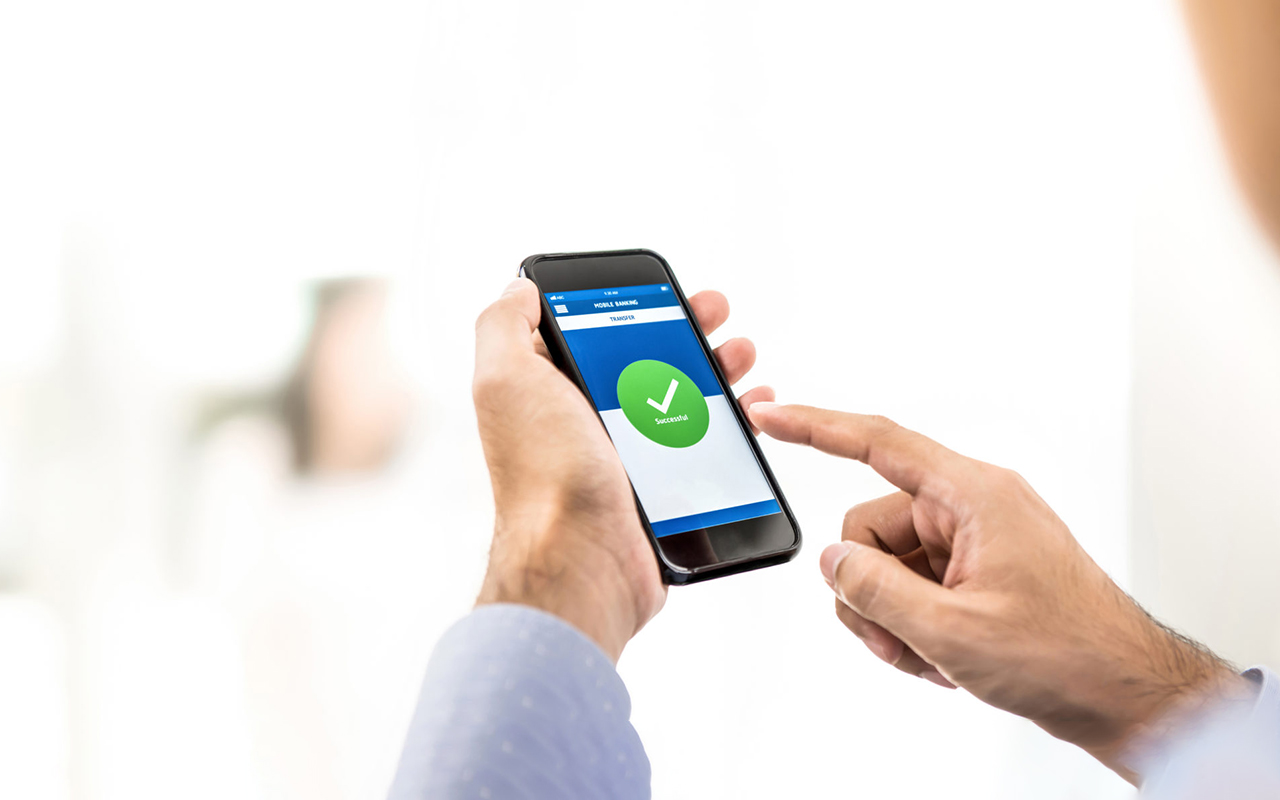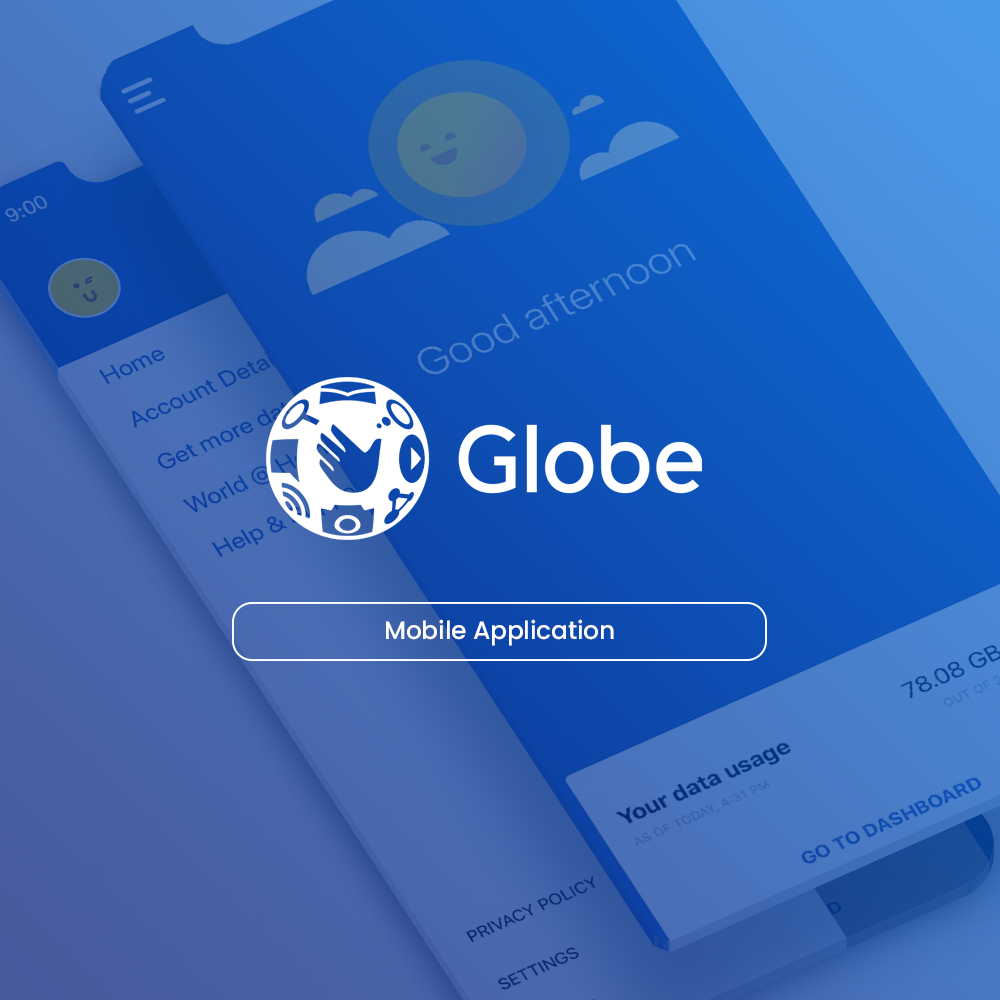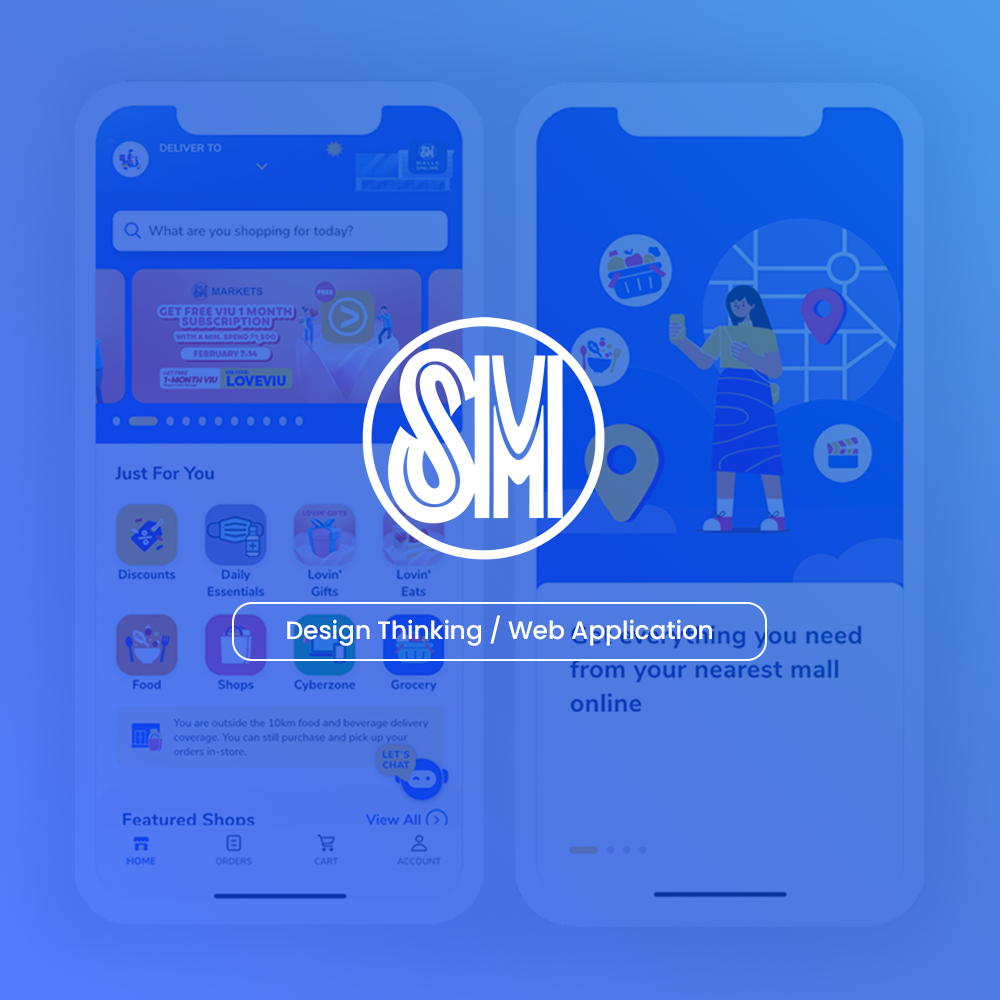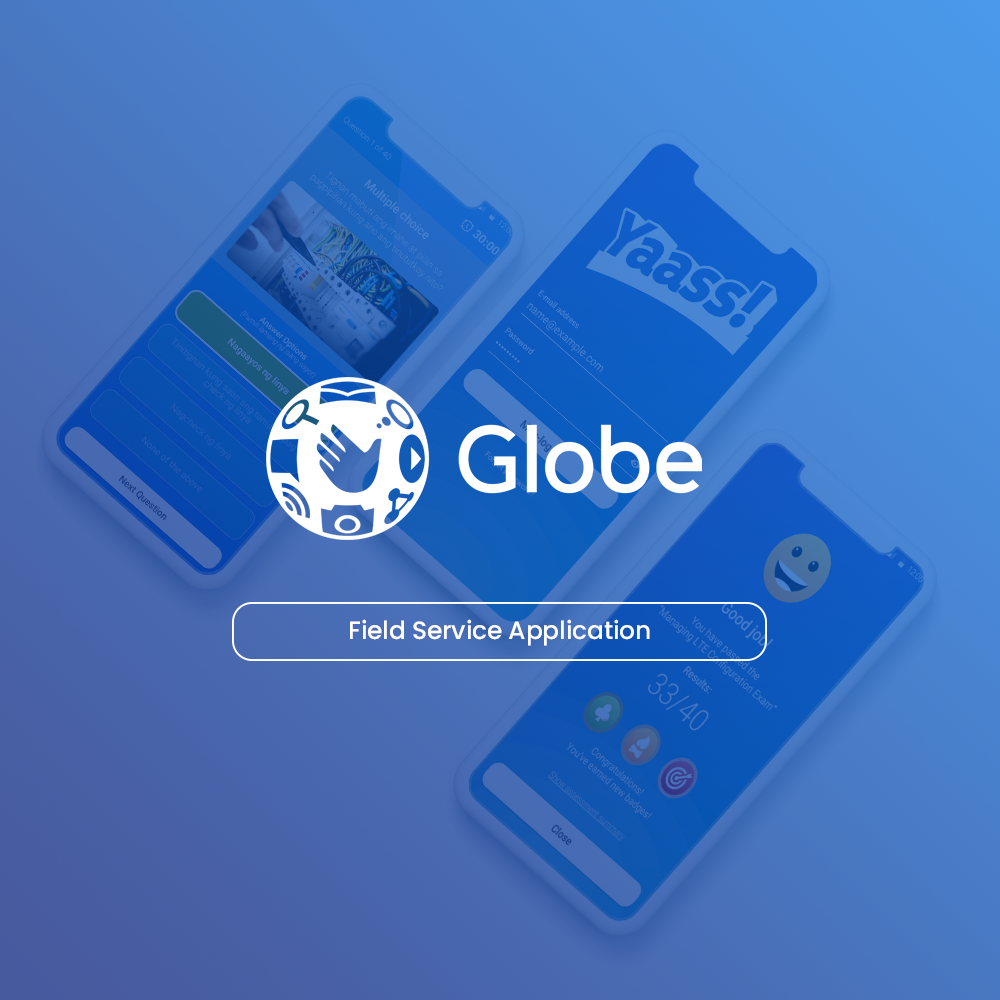Do you need a mobile app?
For established brands, it’s natural to think an app unnecessary when you already have a fully functioning e-commerce or self-service site. A quick check with your Google Analytics can help you make the decision: if most of your users are accessing the site via phone, a mobile app will certainly enhance their experience.
How can experience be better?
- Mobile apps perform faster. Mobile apps store data in the device, while websites use web servers.
- Mobile apps can easily store user preferences.
- Features can be used even while offline.
- Mobile phone functionalities like camera, GPS, fingerprint recognition, and others can be easily integrated into the app.
- Branding. Your logo will always be present on your customer’s screen.
Let’s build that app!
So you already have a mandate from management to build an app, and you find out it’s not something you can conjure out of thin air (not yet anyway). No worries! We’ve made so many apps with different brands before, and we have broken it down into steps.
Solve a problem
Do you want your customers to conveniently browse your shop while waiting in line or while watching TV? Is a fully customizable interface important for them to manage their online accounts? Don’t fall into the trap of making an app for app’s sake. Start with a problem that you want to solve, and do it well.
Come up with a Minimum Viable Product (MVP)
List down all the features that will solve the problem you determined and that will create the experience that you want for your brand. Then divide your list into must-haves and nice-to-haves. Your must-haves list will be your MVP. But keep your nice-to-haves list! You will need it.
Onboard a development team
Now is the time to decide whether you will build your app in-house or hire an experienced development team to do it. There are pros and cons to each option. With in-house development, you can have control over each and every detail of your project. But that means you also have to source, hire, and develop each headcount. If your core business is not software development and you are foraying into apps for the first time, hiring an Agile development team is the fastest way to get started.
Get ready to make improvements
App building is not a one-and-done effort. Having an MVP will help you launch it faster, but you have to put a user feedback mechanism in place to respond to changing demands, bugs, and new business requirements fast. You will also start realizing your nice-to-have list at this stage. Most brands nowadays deploy improvements in 2-week sprints. Companies like Amazon serve several updates in a matter of hours.
Determine your monthly budget
Depending on the complexity of your app, development costs go for PhP500K to PhP2M a month. This will be dictated by the number of resources you need in your team, such as: scrum master, developers, testers, and UX designers.
We can help!
Stratpoint has been in the business of software development for over 2 decades. We have a 200+ mobile application development resource pool, servicing top brands in the Philippines and in Silicon Valley. We can deploy a team for you right away. Our Product Development team and Agile Dedicated Teams can help you from conceptualization, design, development, deployment, to support. See our tech stack and capabilities here.
If you want to start discussions now, message us through the form below.



